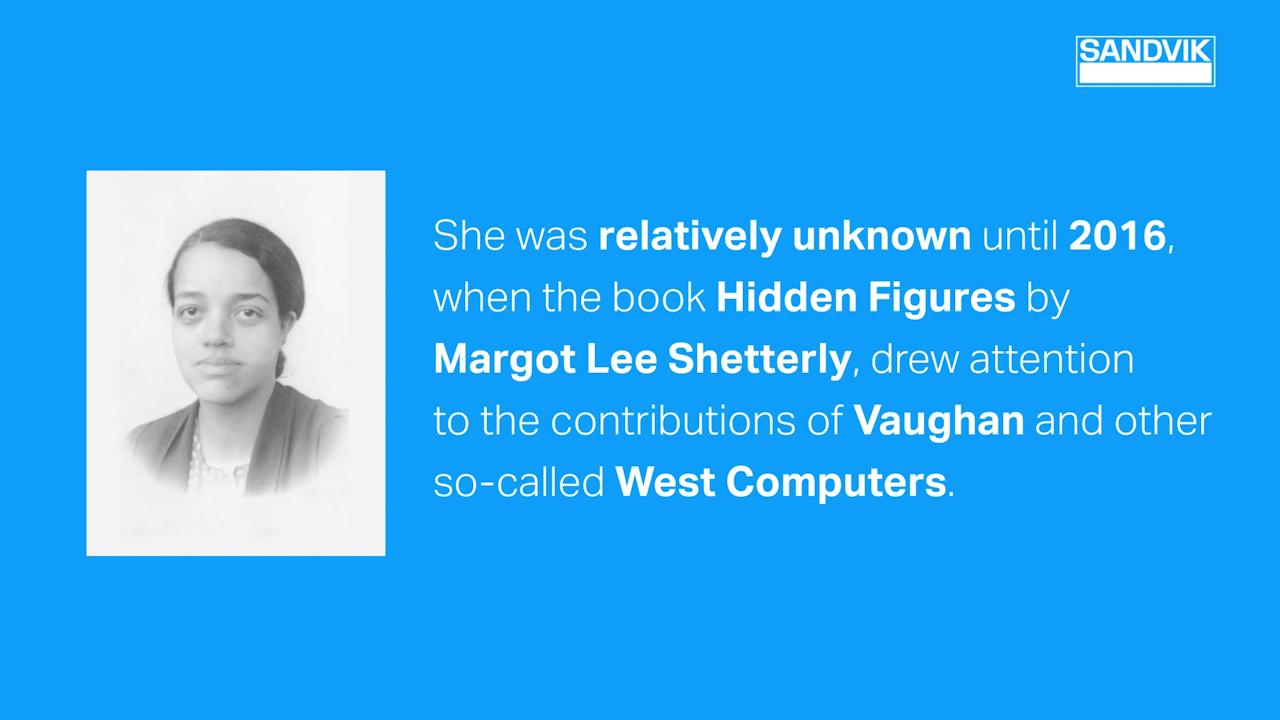Trailblazing women in engineering
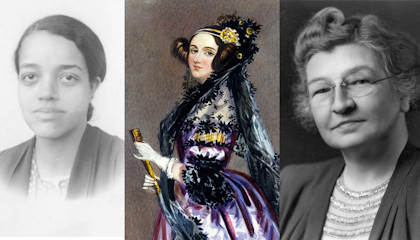
Dorothy Vaughan, Ada Lovelace, Edith Clarke. Their names ring across history, but perhaps not loudly enough. They were engineering trailblazers from decades ago that fought discrimination and tradition to showcase their intellect and ideas.
Sandvik is committed to diversity and inclusion at all levels, particularly as it relates to leadership roles. The number of female managers across the company increased to 19.8 percent in 2021, an all-time high.
But is it enough?
Women represent more than half of the people on the planet but have traditionally been excluded from science, technology, engineering and mathematics (STEM) disciplines. And while the number of women in STEM jobs and studies increases each year, there is still much inclusion work to be done. According to a *UNESCO report, women comprise 29 percent of the STEM workforce and 35 percent of STEM programs in higher education.
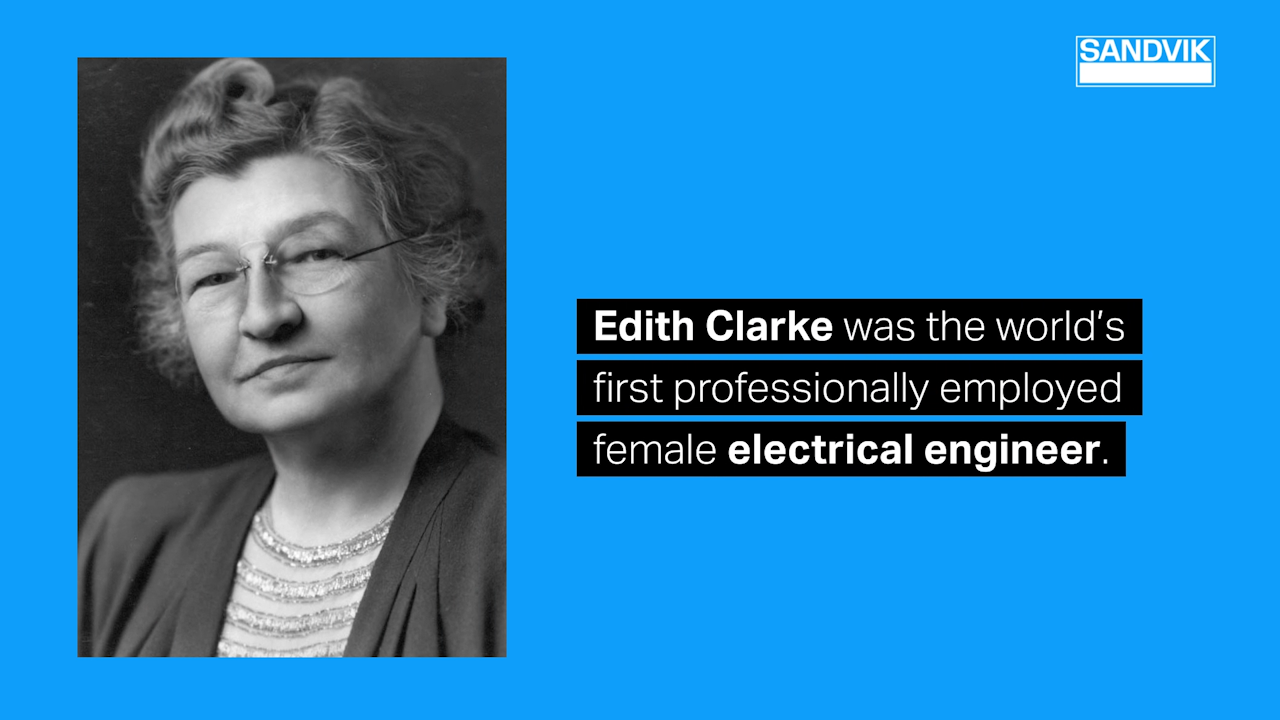
“It is not only a change within the industry that we need to drive, but a change Global Technical Support Specialist at Sandvik Coromant Irantzu Sacristán Pérez in society, in understanding each other better,” says Global Technical Support Specialist at Sandvik Coromant Irantzu Sacristán Pérez. She feels that sharing stories of female engineers is one way to inspire and motivate the next generation. One such story is Ada Lovelace’s. Born in 1815, Lovelace conceived of and published the first algorithm for the initial general-purpose computer, the Analytical Engine. She is considered the first computer programmer and the early programming language Ada was named for her. The second Tuesday in October has become Ada Lovelace Day, on which the contributions of women to science, technology, engineering, and mathematics are honoured.
Global Technical Support Specialist at Sandvik Coromant Irantzu Sacristán Pérez in society, in understanding each other better,” says Global Technical Support Specialist at Sandvik Coromant Irantzu Sacristán Pérez. She feels that sharing stories of female engineers is one way to inspire and motivate the next generation. One such story is Ada Lovelace’s. Born in 1815, Lovelace conceived of and published the first algorithm for the initial general-purpose computer, the Analytical Engine. She is considered the first computer programmer and the early programming language Ada was named for her. The second Tuesday in October has become Ada Lovelace Day, on which the contributions of women to science, technology, engineering, and mathematics are honoured.
More women in engineering
Who companies employ is not the only issue in the discussion on inclusion. How we work can help fundamentally shift employment gender ratios to be more reflective of our populace. Take mining for instance. For millennia, that industry was extremely labour intensive and employed men almost exclusively. But with the automated and connected mine sites of today, a new set of skills are required to produce productive, efficient operations.
Päivi Kautiainen, Director Engineering Services at Sandvik Mining and Rock Technology, agrees. “Mining is changing rapidly,” she says. “It’s now a global business that heavily relies on technology. We want to have the right people in the right roles, and we value skilled and motivated people. It would be crazy to look for them in only half of the population.”
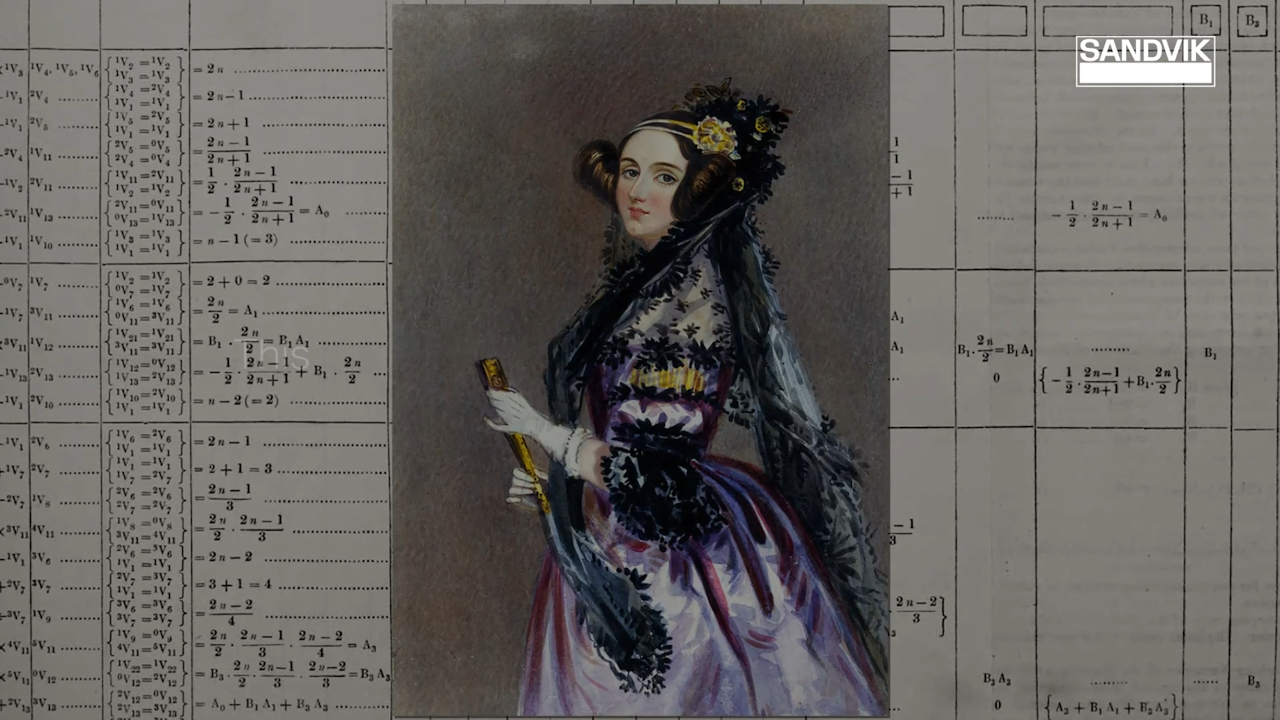
And diversity matters, too, particularly with regards to the bottom line. According to McKinsey & Company, companies in the top quartile for gender diversity are 15 percent more likely to have financial returns above their respective national industry medians.
There are a lot of opportunities for women to make their mark
For segregated America in the early 20th century, diverse workplaces were practically non-existent, especially for women and people of color. Dorothy Vaughan was both, but that did not stop her from becoming one of the most influential mathematicians and computer programmers ever. She was a part of the all-black West Area Computing unit of the National Advisory Committee for Aeronautics (which later became part of NASA) in 1943 who were considered “human computers”. Their contributions were essential to the success of the early US space program despite being forced to use separate bathrooms and dining areas.
Generational talent
Edith Clarke, the first professionally employed female electrical engineer and first full-time female professor of electrical engineering, was another trailblazer of the early 1900s. Her 1921 invention the “Clarke Calculator” was a graphical device that simplified the equations electrical engineers used to understand power lines. She helped build the Hoover Dam, one of the “seven wonders of the industrial world,” and used analyzers to gather data about the electric grid which is considered the first foray into “smart grid” technology.
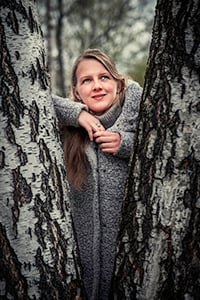 Talitha Groenewold, Automation Applications Engineer at Sandvik Mining and Rock Solutions
Talitha Groenewold, Automation Applications Engineer at Sandvik Mining and Rock Solutions
“Sometimes people see a woman first and then they learn you’re an engineer,” says Talitha Groenewold, Automation Applications Engineer at Sandvik Mining and Rock Solutions, “and that can be very frustrating. I love showing engineering graduates, especially women, how diverse our company is and how cool it is to be a woman in this industry.
“There is so much change happening, especially in the world of digitalization and automation, there are a lot of opportunities for women to make their mark,” says Groenewold.
*UNESCO report: https://unesdoc.unesco.org/ark:/48223/pf0000253479
